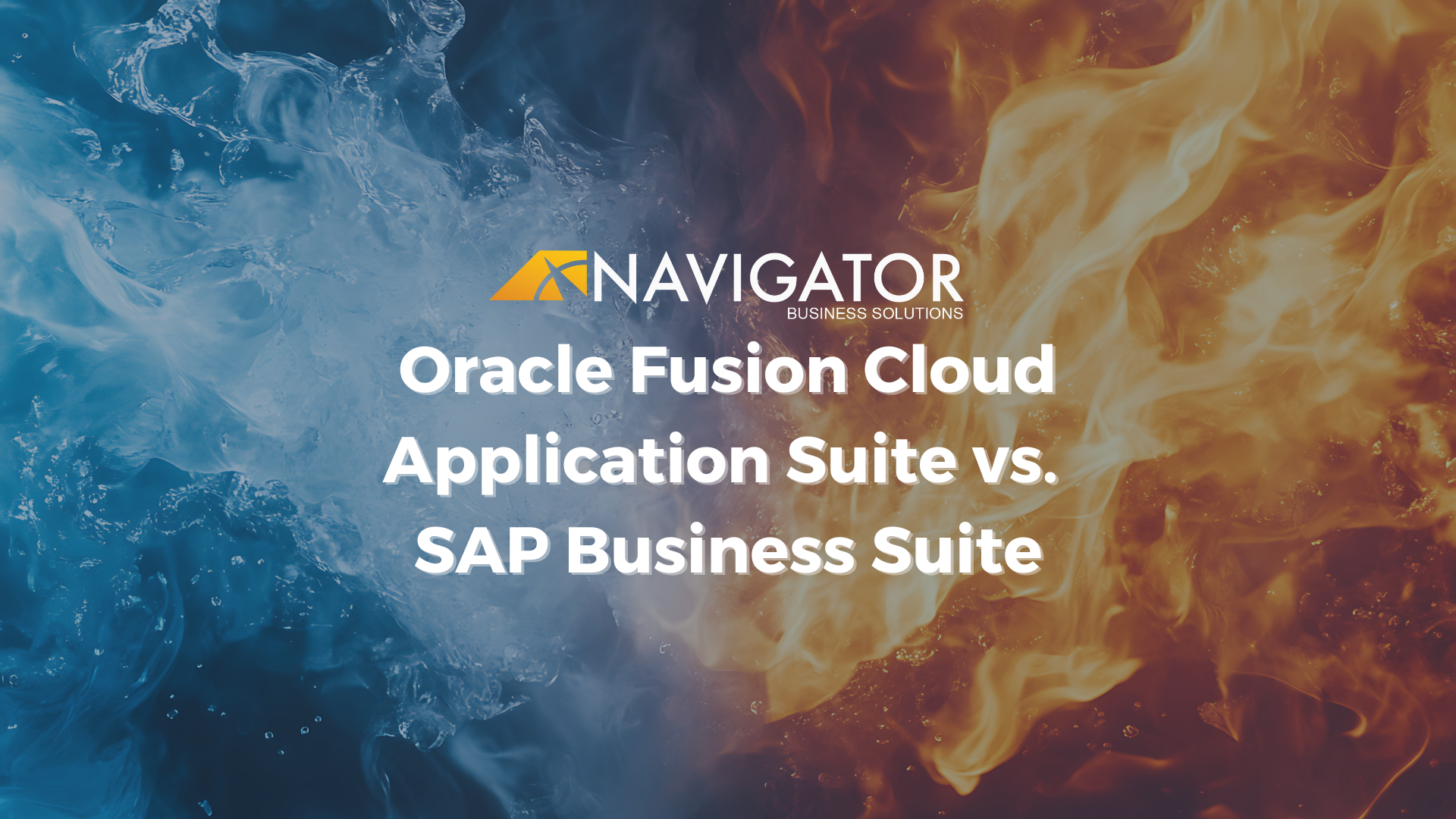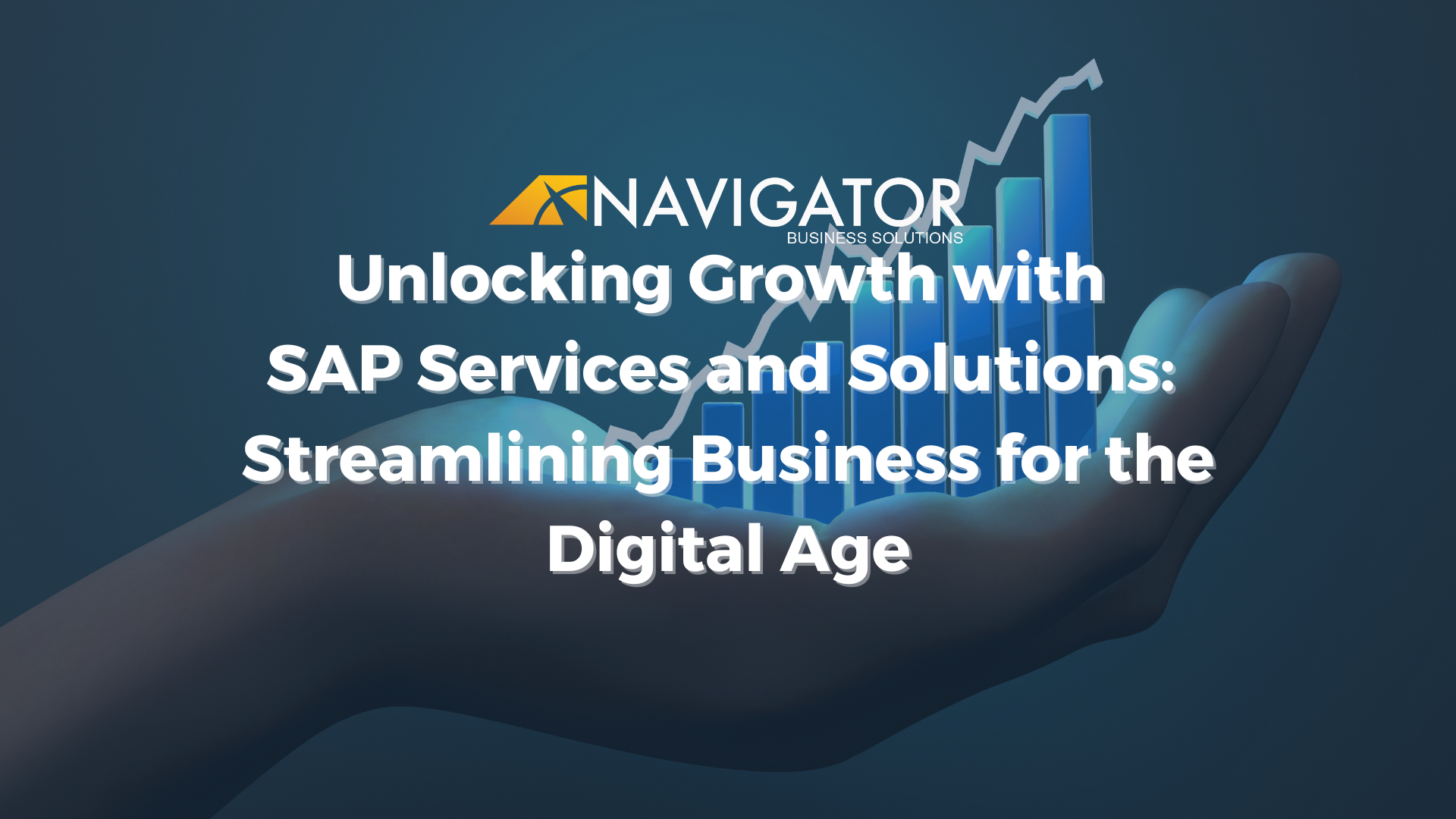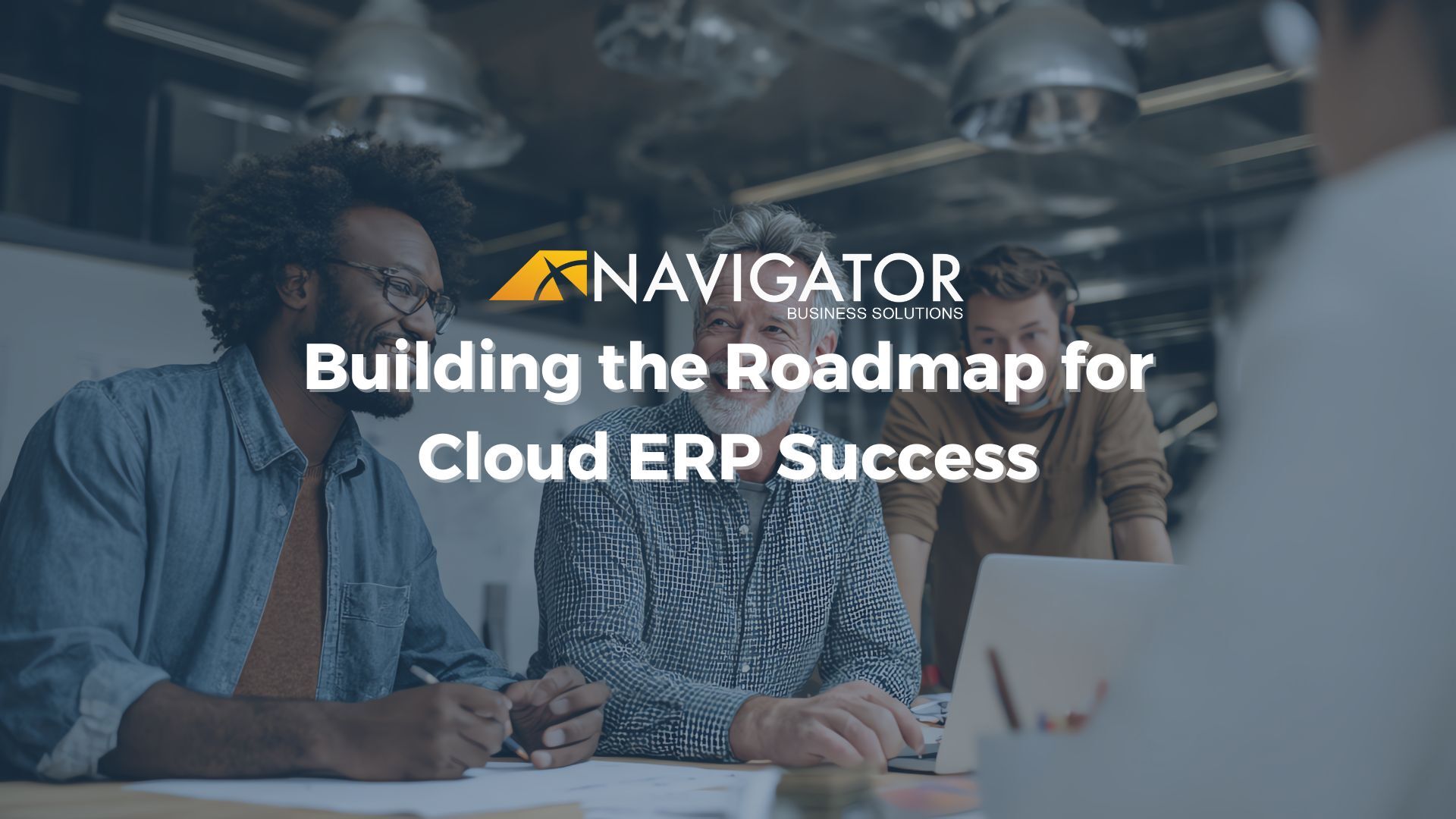Moving to cloud-based ERP system sounds like a project for the CIO. But it is not. It actually is a company-wide project that requires buy-in and involvement from the CEO.
That’s because ERP is as much about process improvement and increased competitiveness as it is about technology. The move to cloud ERP both transforms and requires involvement of every aspect of a business. This makes it a project for the highest levels of the C-suite, both in terms of buy-in and overall direction of the project.
Many CEOs don’t fully understand cloud ERP or why it matters, though. So here’s a quick look at what a CEO should know about cloud ERP and the process for putting such a system in place at a business.
Why You Need Cloud ERP
Enterprise Resource Planning software (ERP) is the nerve center for a business, managing, storing and reporting on the business processes across all major areas of an organization. ERP typically encompasses production, finance, procurement, human resources, distribution, supply chain and other areas, depending on the firm’s needs.
ERP systems provide business-wide integration, process standardization, real-time tracking of all areas of a firm’s operations, automation, and improved planning capabilities, among many other benefits. That’s why every large business uses ERP, and why smaller firms that plan to grow or compete globally also have begun adopting it. The global market for ERP software was $34.4 billion in 2017, and it is growing.
This partially is because of cloud ERP, a major recent advancement in the technology that makes ERP more connected to supplier and ecommerce channels, as well as a lot easier to implement, operate and maintain.
Cloud-based ERP systems eliminate much of the time and capital investment required to roll out a new ERP system, instead running on the ERP software vendor’s cloud platform and coming as a much smaller, ongoing operating expense. Whereas before a company would need to make a significant software and hardware investment to get a new ERP system up and running--then maintain this system at great cost--businesses now only need to configure a cloud service and integrate it with their company.
This reduced cost and complexity isn’t the only reason for moving to cloud ERP. Modern cloud-based ERP solutions also come with process best practices out of the box, real-time monitoring and automation, easier integration with web services and the best analytics on the market today.
Cloud ERP is both more powerful and less costly than the traditional ERP implementations of the past.
How Much it Costs
Implementing a new cloud ERP system, whether moving from an old on-premise ERP solution or starting from scratch, typically will cost an SMB business between $50,000 and $500,000. CEOs at medium to large-sized businesses can expect their firms to pay between $500,000 and $2 million for an ERP implementation.
Most of this cost is from planning and organizing an implementation, configuring and customizing it, adapting business processes, porting data and both testing the new system and training employees.
Many CEOs can cut these costs by choosing a standard implementation without deep customization, or by going with a prepackaged industry solution such as those offered by Navigator Business Solutions and others. These standard implementations work from the principle that most backend processes such as payroll and procurement are not key differentiators worth the additional cost and effort, and starting with best practices might actually improve company operations.
Once a new cloud ERP system is in place, CEOs can expect annual ERP software subscription costs to range between $20,000 and $35,000 for 20 users, and anywhere from $250,000 to $400,000 per year for large enterprises with more than 100 users. This varies by company and ERP solution selected, of course. It also is worth noting that user count is not necessarily the same as employee head count.
The Duration and Stages of a Cloud ERP Migration
The process for moving to a new cloud-based ERP system varies widely depending on business size, number of modules used, scope of process change within an organization, the amount of customization, and organizational readiness. The larger the business, the more time it will take.
If working with a certified implementation partner, expect an implementation timeline of between four and eight months for a cloud-based ERP solution deployed for a small or mid-sized business. For larger firms, implementation can run between one and two years.
A properly managed cloud ERP project consists of seven essential phases.
Planning and Selection. Arguably the most important phase for an ERP implementation, in the planning phase a business evaluates solution options, brings on implementation partners and key stakeholders for consultation, and both assesses its current IT operations and evaluates its needs for the new system. We’ve developed an ERP evaluation workbook for executives to help with this key phase of a cloud ERP project.
Configuration. During the configuration phase, the vast functionality of the cloud-based ERP solution is set up to meet the specific security requirements, workflows and preferences of the business.
Customization. Most businesses need some customization. In the customization phase, the vendor or implementation partner adjusts settings and core configurations in the ERP system by altering the underlying code, and custom-coded modules are programmed for specific business functionality that is not available by default. Standard implementations and prepackaged solutions can reduce the need for this phase.
Data Conversion. Existing business data from legacy systems are formatted, converted and loaded into the new ERP system. Often this is a complex and time-consuming phase that is underestimated in the planning stage.
Integration. The integration phase establishes how the new cloud ERP system will communicate with a company’s existing software platforms and third-party solution providers such as other cloud-based software or on-premise systems.
Testing. Once the new system has been installed and set up, a testing environment is created for ensuring that the implementation performs as expected and the system is ready for production use.
Training. The final phase is training management and employees on the new system. Cloud ERP solutions are wide-ranging business information systems. Training and practice on the new system before go-live is critical, and ongoing training boosts adoption and proper utilization.
These are the essentials that CEOs should know about moving from their existing business systems to a modern cloud-based ERP solution. For a more detailed look, download our guide, Understanding Cloud ERP for Non-IT Executives.




